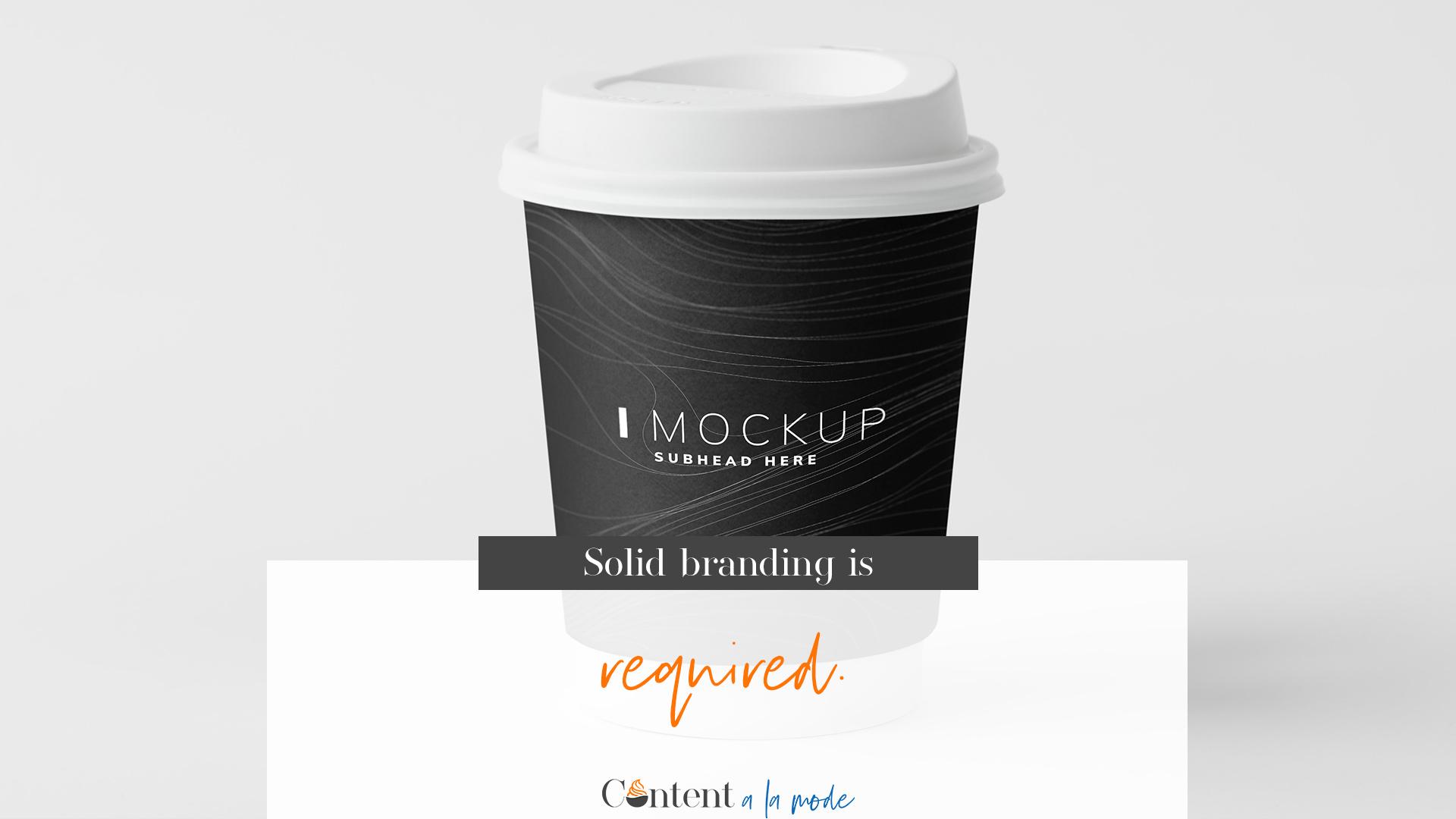We've already been bombarded enough with how “content is king”. But what isn't being talked about is this: in order for that content to be king, it needs to be contextual. In order for your marketing efforts to have the most bang for your buck, it's important to consider whether your business needs to look into what's called an omni-channel marketing strategy.
What is the difference between multi-channel and omni-channel marketing?
First, let's address the difference between multi-channel and omni-channel marketing. Multi-channel marketing means that your brand is on multiple marketing channels, like Facebook and Instagram. Maybe you have an email list that you send to each month, too. You are most likely utilizing a multi-channel marketing strategy, and there is nothing wrong with that. Your goal is to get the word out about your business to as many people on the most platforms as possible. Many of our clients utilize this strategy because:
- Their target demographic is on multiple social channels
- It's easier to create content and market on multiple social channels with the least amount of money (aka it's less expensive to get started)
- From an SEO (search engine optimization) perspective, it's incredibly effective
Omni-channel marketing means that your customers have an integrated, seamless experience as they navigate from one channel to the next. When a customer sees your Instagram page, they want to click on your #linkinbio and have a similar experience when they visit your website, so your graphics and branding need to be the same. When they sign up for your email or click through your chatbot, they want to experience the same voice and conversation they had with you on your Instagram profile. When they watch your Facebook live and you tell them about your free eCourse, they want to have the same experience they had on your live show.

Solid branding is required.
If you're considering an omni-channel marketing approach, it's obvious that your branding needs to be spot on. This checklist can help you make a quick determination of whether your brand is ready to make the jump into an omni-channel marketing strategy session:
- Do you have all the vector files of your logo?
- Do you own the font files for your logo?
- Do you have a brand guide or branding board for your brand? (Or sister site A Cup of Content can help you develop one if you don't have one!)
- Have you identified your target demographic and established client avatars?
While not a comprehensive list, it is a good start to help you determine if you're even ready to start considering an omni-channel approach to marketing your business.
How does an omni-channel marketing strategy work?
At its bare minimum, an omni-channel marketing strategy is developed based on an in-depth assessment of your website, your social media, your content, your email marketing/chatbots, your sales, and your advertising efforts. Obviously, each business has many moving parts that would influence the development of this type of strategy. Some businesses may not need this comprehensive of a strategy. At Content a la mode, we believe that what works best for your business is the right strategy…and deliciously written content. Start the conversation today!

